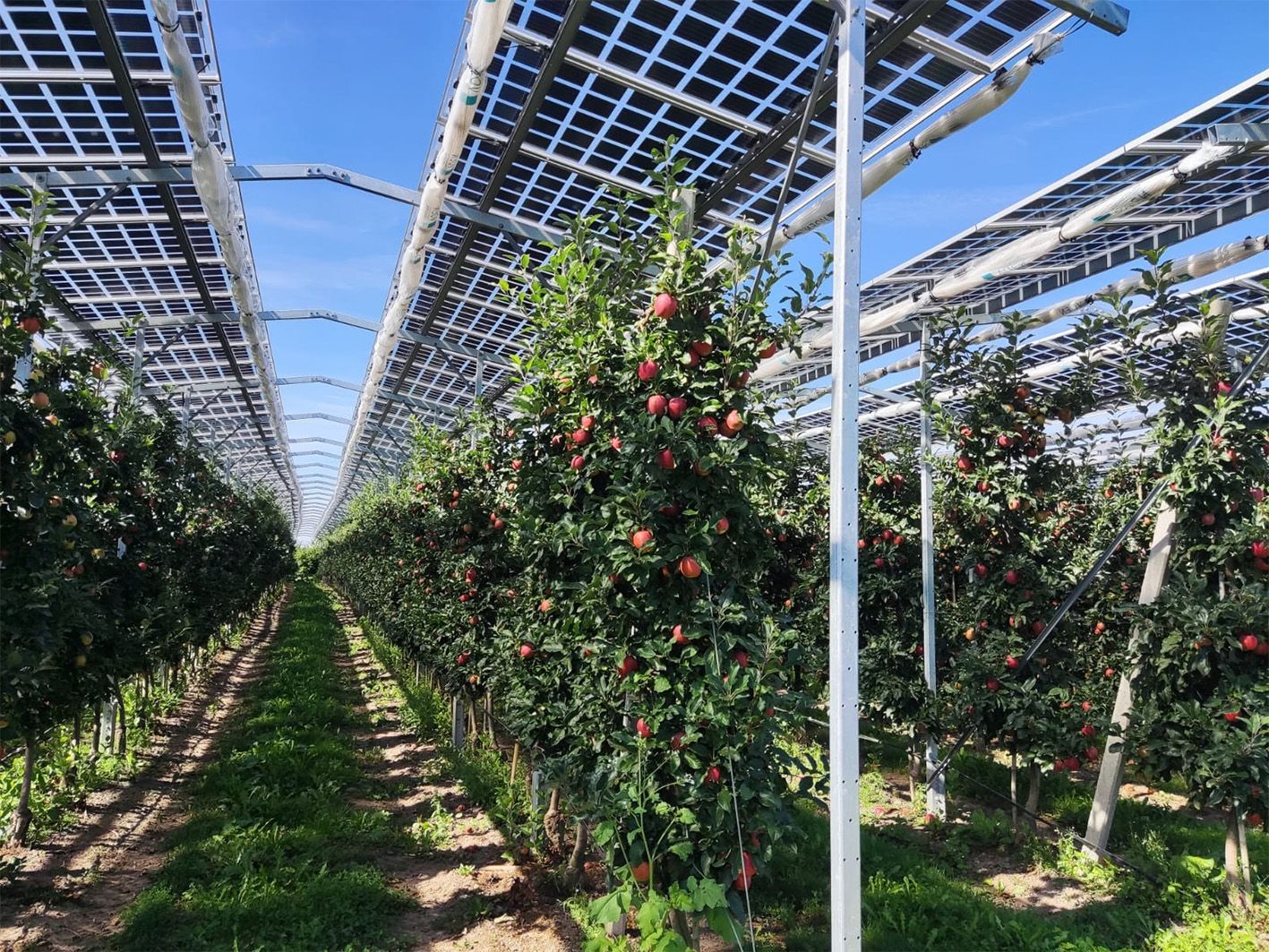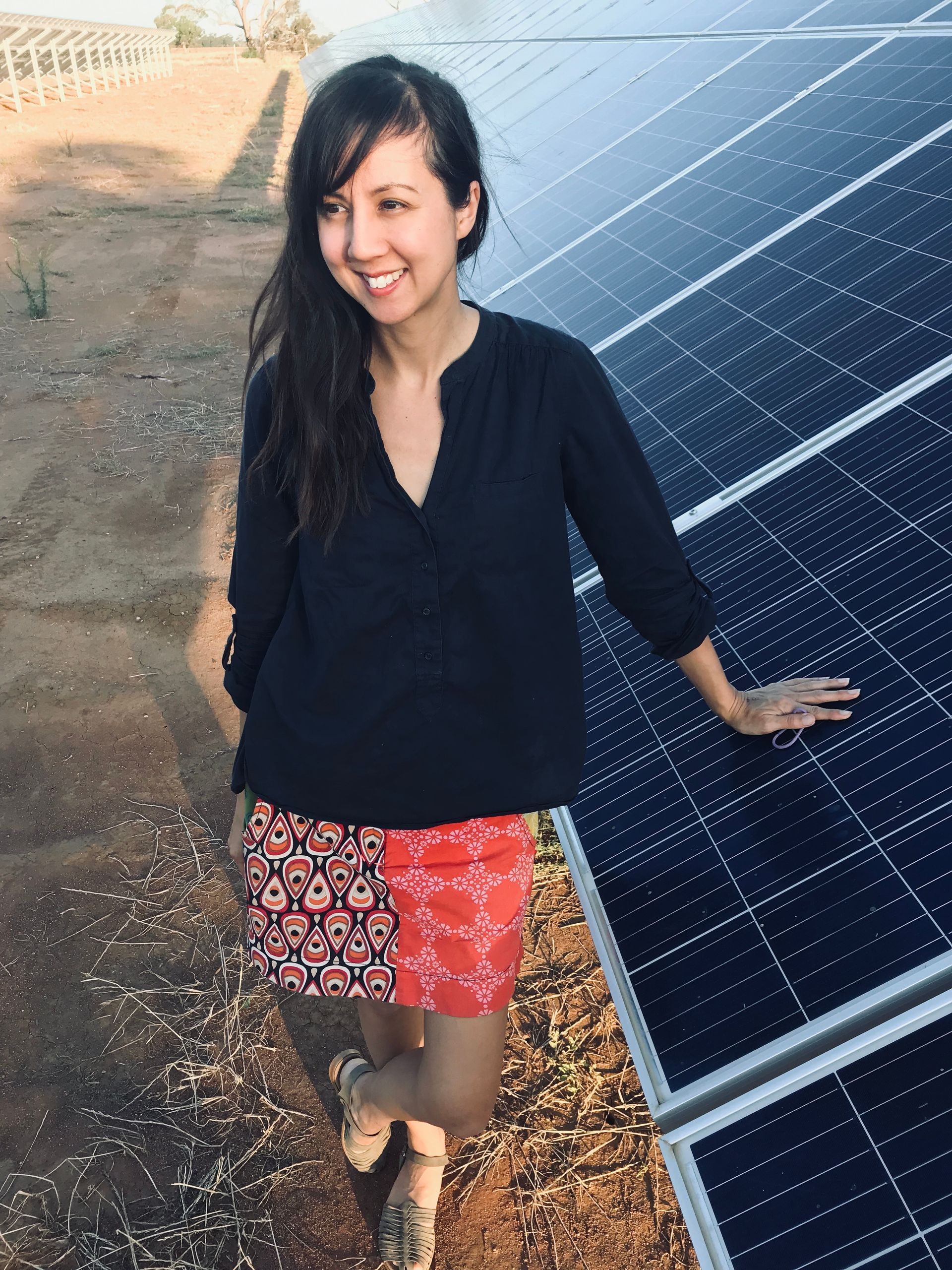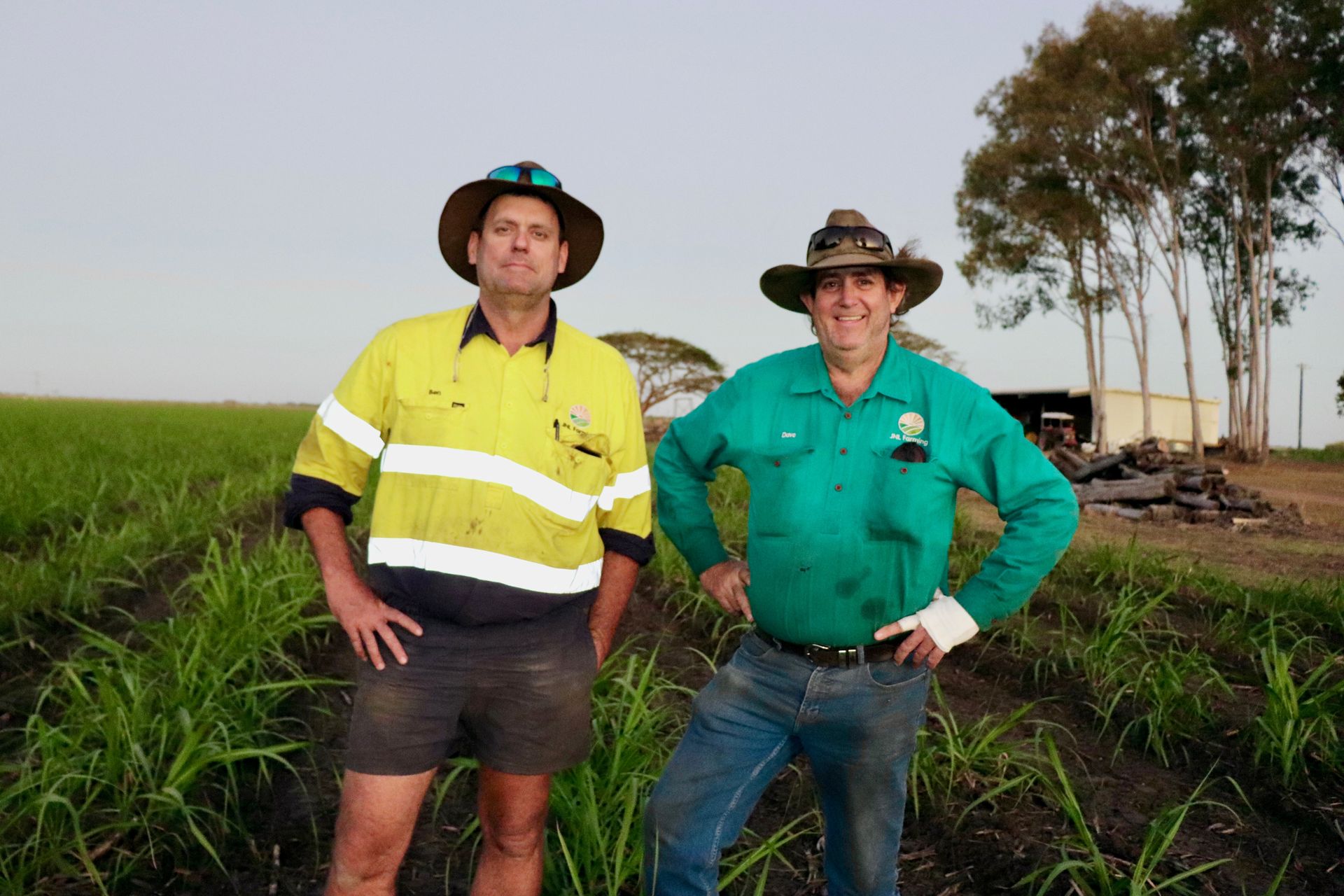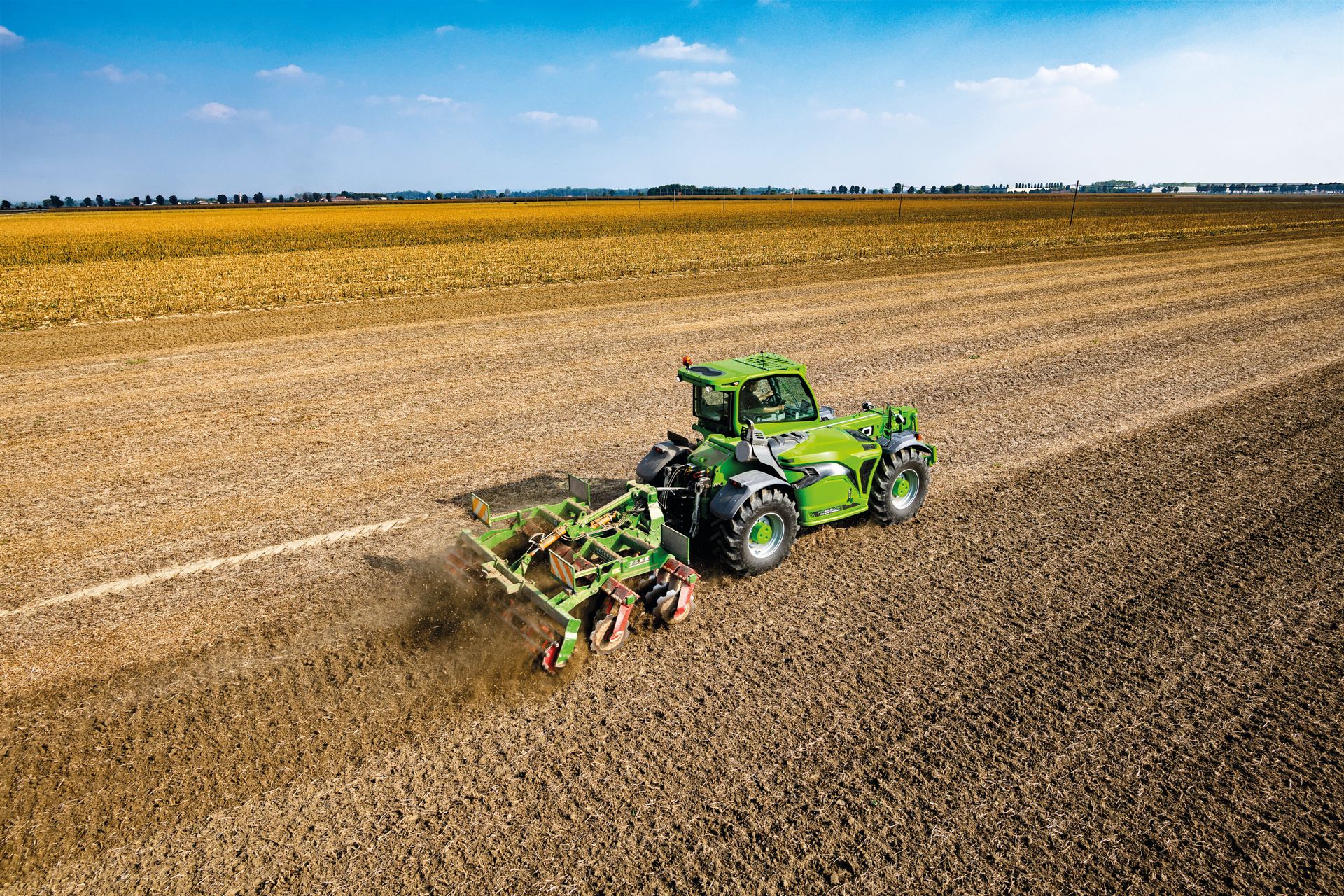The concept of integrating solar panels over crops and horticulture is still emerging in Australia, whereas it has been successfully implemented in various other countries for several decades. This innovative approach not only aids in food security, given it ensures land is still used productively and can open up new opportunities in new locations for shade loving plants, but also supports renewable energy goals and decarbonization efforts.
Japan stands out as a leader in agrivoltaics, cultivating around 120 different crops beneath solar panels including rice, cereals, vegetables, mushrooms, fruit trees, tea, coffee, and ornamental flowers. This practice is largely driven by land scarcity and is incentivised through feed-in premiums, which offer financial benefits to the energy developers as well as farmers depending on the business model. In Japan, agrivoltaic systems must ensure at least 80 per cent of agricultural yield compared to prior conditions, highlighting the commitment to maintaining agricultural productivity alongside solar energy generation. Solar panels must also be installed at a height of at least 2 metres (6.6 feet), allowing sufficient light for crops beneath.
A consideration is that agrivoltaics systems can require more land to produce the same amount of energy as ground mounted systems. The amount of land required by stilted agrivoltaic systems is typically 20 per cent to 40 per cent more than that of ground-mounted PV (photovoltaic) systems. This means that stilted, overhead agrivoltaic systems have a capacity of 500 to 800 kilowatt peak per hectare, while a conventional ground-mounted PV system can achieve 700 to 1100 kilowatt peak per hectare.
International standards and requirements
Other countries have established their own standards to ensure that agrivoltaic systems are beneficial for both agriculture and energy production:
- Germany: Requires a minimum of 66 per cent of reference yield.
- France: Mandates at least 90 per cent yield compared to a nearby control plot.
- Italy: Limits solar panel coverage to no more than 40 per cent of the area on agrivoltaic sites.
In the United States, the Massachusetts Department of Energy Resources is spearheading agrivoltaic incentives through the Solar Massachusetts Renewable Target (SMART) program. This program offers compensation rates up to $0.06/ kilowatt peak, contingent on specific design requirements. For instance, horizontal single-axis tracking systems must have a minimum panel height of 10 feet (3.0 metres), while fixed tilt systems require a minimum of 8 feet (2.4 metres). Furthermore, there are restrictions on shading—no more than 50 per cent shade should be created in any part of the site compared to baseline conditions.
Opportunities in Australia
Australia holds considerable potential for agrivoltaics, particularly with sub-5 Megawatt solar developments connected to the distribution network. These systems can provide behind-the-metre power to farms, enabling them to meet energy needs during peak times while exporting surplus energy at other times. Installation of a battery to soak up excess solar during the day and export in the evenings would provide a more lucrative income, receiving higher feed-in-tariff when trading on the wholesale market.
These smaller solar systems could also be located closer to larger load centres such as cities and industrial sites.
However, while international experiences offer valuable insights, substantial research tailored to Australian conditions is still needed. The 2023 report that I co-authored, "Pursuing an Agrivoltaic Future in Australia," outlines the specific research and considerations needed for successful implementation.
Solar grazing
In Australia, solar grazing has emerged as the most common form of dual land use on utility-scale solar farms. Successful solar grazing, where livestock graze on land underneath and around solar panels, hinges on thorough planning and design well before construction begins. Industry consultation has revealed that inadequate preparation can lead to significant challenges down the track. Key considerations in the planning phase include:
- Effective pasture management to prevent overgrazing and encourage even grazing patterns, as well as to support maintenance strategies like crash grazing to manage grass height.
- Site infrastructure that supports livestock handling, including trafficable surfaces and designated holding areas for mustering and administering animal health treatments.
- Enough water troughs installed prior to electrical cabling going in.
Managing both pasture and sheep within a single large paddock interspersed with solar infrastructure can be difficult. Retrofitting solar farms after installation, with additional fencing, water points, or handling yards, is often costly, complex, and risky, especially when solar operators and landholders are not aligned on investment and return expectations.
To avoid these issues, solar developers should engage agronomists, livestock specialists, and experienced graziers early in the project lifecycle. Their input can guide:
- Pasture selection and establishment, based on local soil and climate conditions.
- Farm layout design, optimised for livestock health, pasture management, and operational efficiency.
Pastures should be well established before construction begins to ensure resilience and productivity. Where improved pastures already exist, disturbance during construction should be minimised. In areas with native pastures, preserving these ecosystems through low-impact development should be a priority.
Solar farms enhancing biodiversity
Biodiversity should be prioritised in low rainfall zones. For example, in arid and semi-arid areas characterized by less than 250 millimetres of rain a year, an ecologically sensitive option is to employ rollers instead of graders during construction and to incorporate the seeding of native plants beneath solar panels.
This approach offers numerous advantages, primarily centred around the conservation of soil structure and the promotion of low-growing plant growth for biodiversity enhancement. One significant benefit is the substantial reduction in dust and maintaining lower temperatures beneath the solar panels, contributing to enhanced panel efficiency. Furthermore, the sequestration of soil carbon becomes potentially a valuable mechanism for attracting carbon credits. Emphasising biodiversity as a foundational element in solar developments not only positively influences adjoining properties but also has broader implications for the entire landscape.
As Australia embraces the transition to renewable energy, agrivoltaics presents a unique opportunity to harmonise solar development with agricultural productivity, environmental stewardship, and rural economic resilience. International models, from Japan’s innovative crop integration to the policy frameworks in Europe and the United States, demonstrate that, with the right standards and incentives, solar farming can support both food and energy security.
Australia is well-positioned to lead in this space, particularly through solar grazing and sub-5 Megawatt distributed energy systems that serve local communities and industries. However, success will depend on thoughtful planning, collaboration between solar developers and agricultural experts, and an emphasis on ecological integrity, especially in low-rainfall regions where biodiversity-friendly design can deliver long-term benefits.
By embedding agriculture, energy, and ecology into the design of solar farms from the outset, Australia can unlock the full potential of agrivoltaics, not just as a land-use solution, but as a blueprint for a more sustainable and integrated future.

















